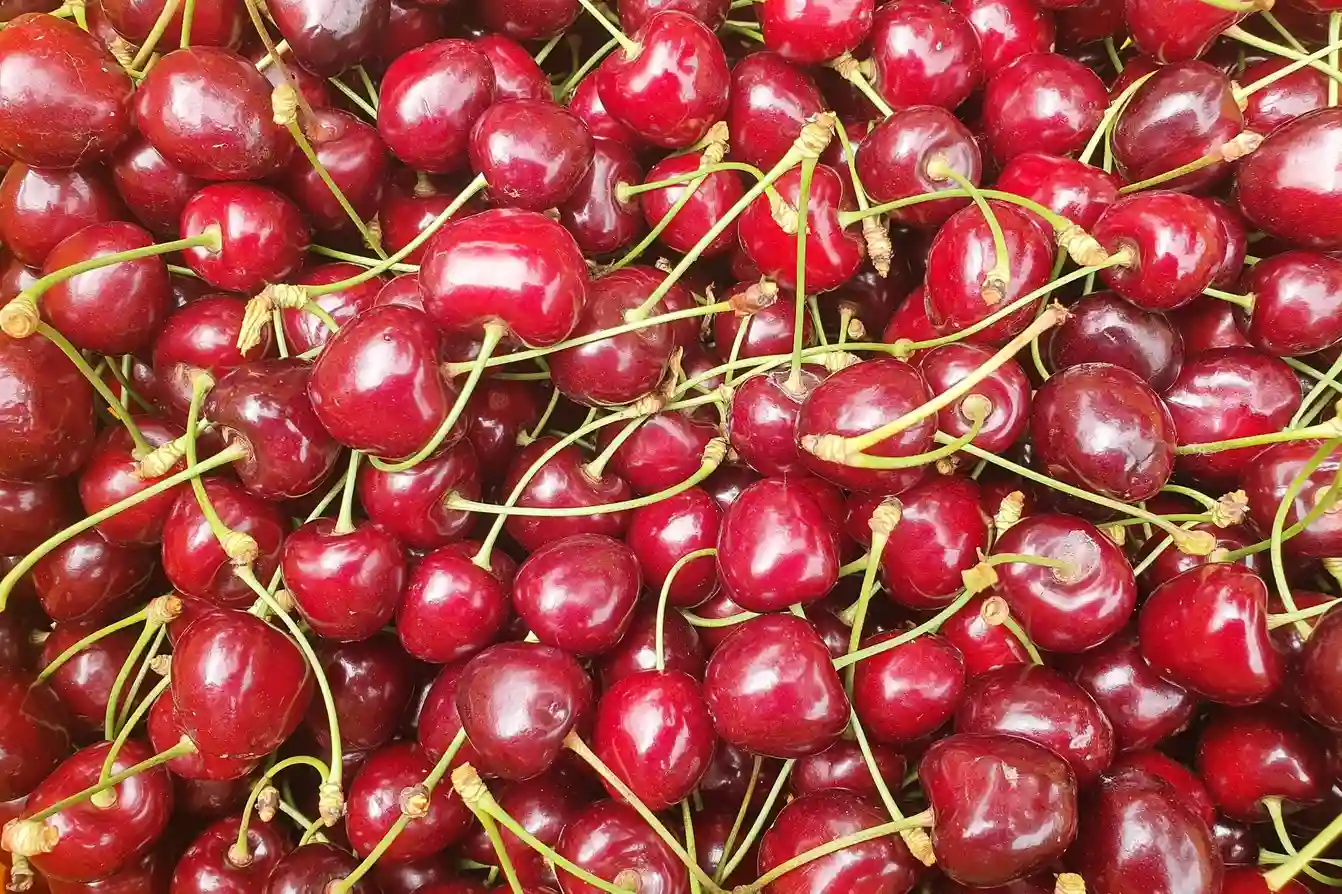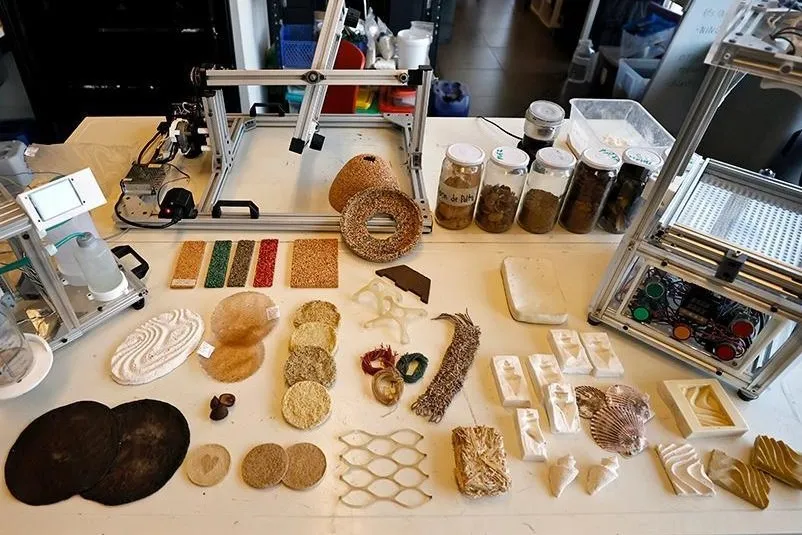The flowering and fruiting of the sweet cherry depend heavily on seasonal evolution for proper development.
The flower buds enter dormancy in autumn to protect themselves from the low winter temperatures and to prepare for the next productive season.
Subsequently, the release from dormancy is triggered by an epigenetic reprogramming, which leads to further metabolic activation and gene expression after exposure to low temperatures, the intensity and duration of which depend on the considered genotype.
Some ecotypes of Arabidopsis, for example, require a period of vernalization to then transition from the vegetative state to the reproductive state.
Genetic regulation of flowering
At the genetic level, FLOWERING LOCUS T (FT) is capable of inducing flowering following the reduction of the repressor complex generated by SHORT VEGETATIVE PHASE (SVP) and FLOWERING LOCUS C (FLC) at the end of vernalization.
However, what is known so far is not sufficient to clarify the process.
In fact, microRNAs (miRNAs) are essential for gene regulation during plant development and environmental interactions, and the role of miRNA 396 during flower development and vernalization has been documented in some plant species, but it has not been described for the dormancy of sweet cherry.
In Santiago, Chile, numerous research institutes have collaborated to study in detail the genetic regulation and its functioning during the dormancy phase.
MicroRNA 396 and dormancy
They managed to identify microRNA molecules in 'Regina', a variety with high cold requirement, specifically detecting miRNA 396.
Quantitative PCR analyses were used to evaluate the expression levels of the transcripts of the presumed target genes of the miRNAs.
The effect on the target genes observed in dormant buds was partially mirrored by the ectopic expression of this artificial molecule, which, more notably, led to vernalization-independent flowering.
At the same time, the results also indicate that an artificial miRNA 396 molecule is capable of inducing an early flowering condition in Arabidopsis Edi-0 individuals without the need for vernalization.
Applications and implications
This result strongly suggests that this molecule has the potential to stimulate flowering in both annual and perennial plant species.
MicroRNAs have the ability to move throughout the plant, as is well known.
The potential application of transgenic miRNA 396 overexpression rootstocks in fruit tree selection could be to obtain grafted varieties with minimal chilling requirements and/or early flowering.
Another biotechnological approach could be the ectopic application of artificial miRNA 396 through irrigation, which would allow for effective management, especially in light of the current challenges posed by the climate change scenario.
Environmental interactions and further research
However, the induction of flowering is a consequence of varying degrees of regulation among different types of cells.
Moreover, flowering and other developmental and phenological stages can be influenced by environmental stimuli, including temperature, photoperiod, and abiotic stress conditions.
To obtain a comprehensive understanding of the reproductive transition in fruit-bearing species, additional techniques are necessary, such as those that allow for a detailed analysis of in situ epigenetic reprogramming and hormonal signaling.
Source: Gaete-Loyola, J.; Olivares, F.; Saavedra, G.M.; Zúñiga, T.; Mora, R.; Ríos, I.; Valdovinos, G.; Barrera, M.; Almeida, A.M.; Prieto, H. Artificial Sweet Cherry miRNA 396 Promotes Early Flowering in Vernalization-Dependent Arabidopsis Edi-0 Ecotype. Plants 2025, 14, 899. https://doi.org/10.3390/plants14060899
Image source: SL Fruit Service
Melissa Venturi
University of Bologna (ITA)
Cherry Times - All rights reserved












